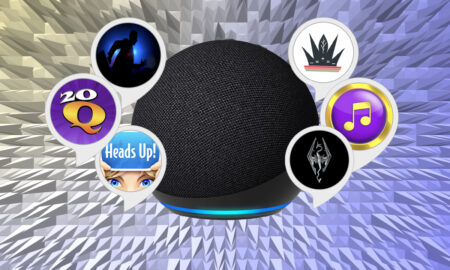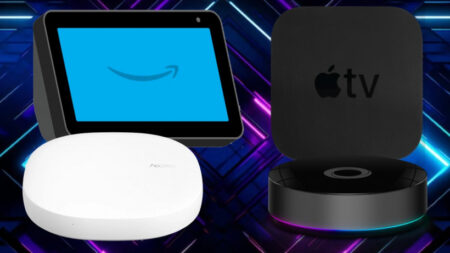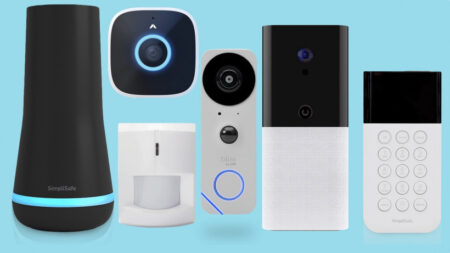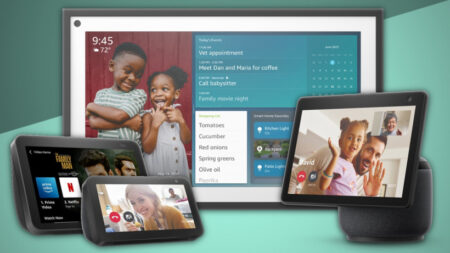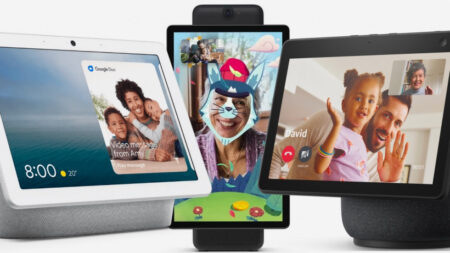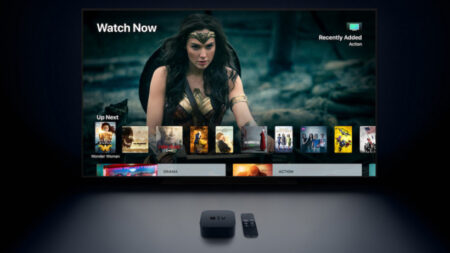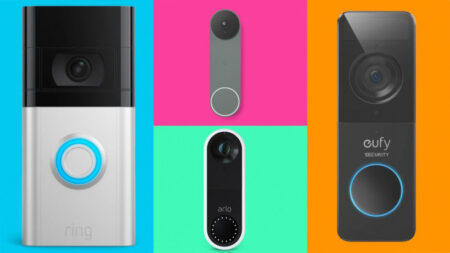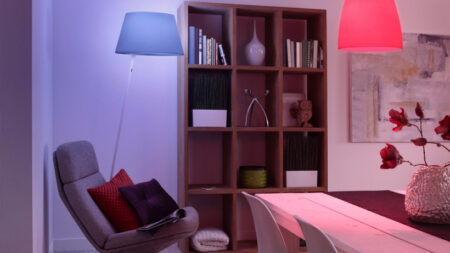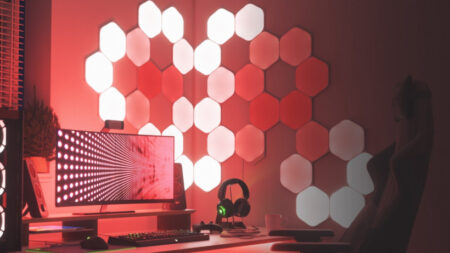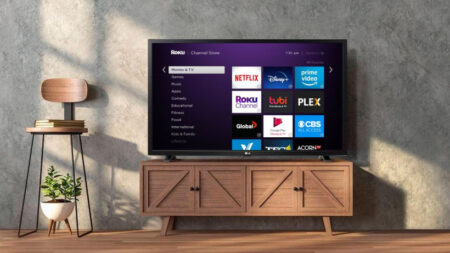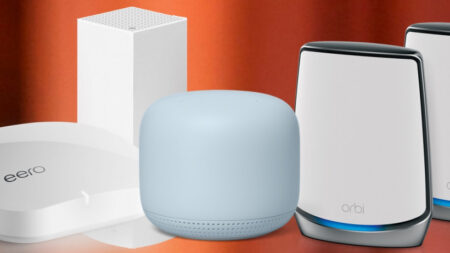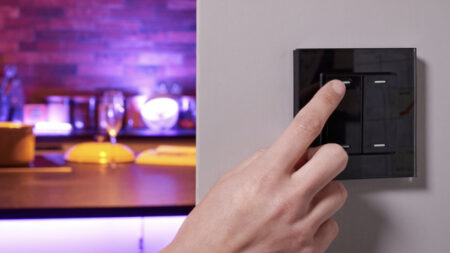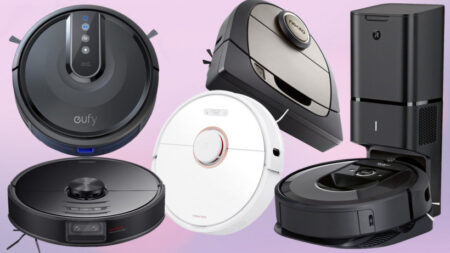Matter officially launched at the end of 2022, and from what we’ve seen so far, 2024 looks set to be…
Best
Discover the best in smart home technology with our expertly tested and ranked products. From Apps and Software that power your home, to Cleaning Gadgets for effortless upkeep, and cutting-edge Security Systems for peace of mind. Upgrade your living with our top picks in, Smart Lighting, and Doorbells. Make your home a smart home today.
Alexa is so much more than just a weather and trivia guru. Of course, you can ask your Alexa smart…
Smart blinds hark back to the days of luxury home automation, but there are now stylish and simple options that…
Smart home buttons are a big thing now. You may think that, as we move away from remote controls, switches…
A proper smart home needs a smart home hub – don’t let anyone tell you otherwise. When you’re blending smart…
Home security systems used to involve getting a specialist company in, wiring up smart sensors on all your windows and…
So, you’ve made the plunge and set up your smart home with SmartThings. Wise choice. While the smart speakers of…
If smart lights, thermostats and security cameras are the staples of the smart home, think of smart sensors as the…
Alexa skills are essentially apps for your Echo speaker that enable Amazon’s voice assistant to do everything from get specific…
The Echo Show has developed into an essential part of the Alexa line-up, and that’s thanks to a range of…
Smart speakers may have kicked off the voice-controlled revolution, but don’t be fooled: the screen is far from dead. Smart…
Apple’s home invasion isn’t just about HomeKit and the Siri-enabled HomePod. The company has been invading living rooms for years…
Amazon’s Alexa voice assistant is not only a great way to listen to music on smart speakers, set an egg…
Buying a smart video doorbell camera answers one of the biggest questions of the smart home: if someone calls at…
What the regular Philips Hue app gives in function, letting you set up scenes and control the color and dimming…
Setting up your Nanoleaf smart lights isn’t all fun and games – and picking the best design for your room…
Smart TVs may be relatively ubiquitous nowadays, but that doesn’t necessarily mean you should ignore the advantages of sticks or…
If getting Wi-Fi coverage right across your home is a constant battle, a top mesh system, powered by one of…
Philips Hue may have its own selection of light controls, but they’re not always the nicest to look at and…
Let’s face it, ever since you saw one cleaning up Jesse’s house in Breaking Bad, you’ve wanted to buy a…



